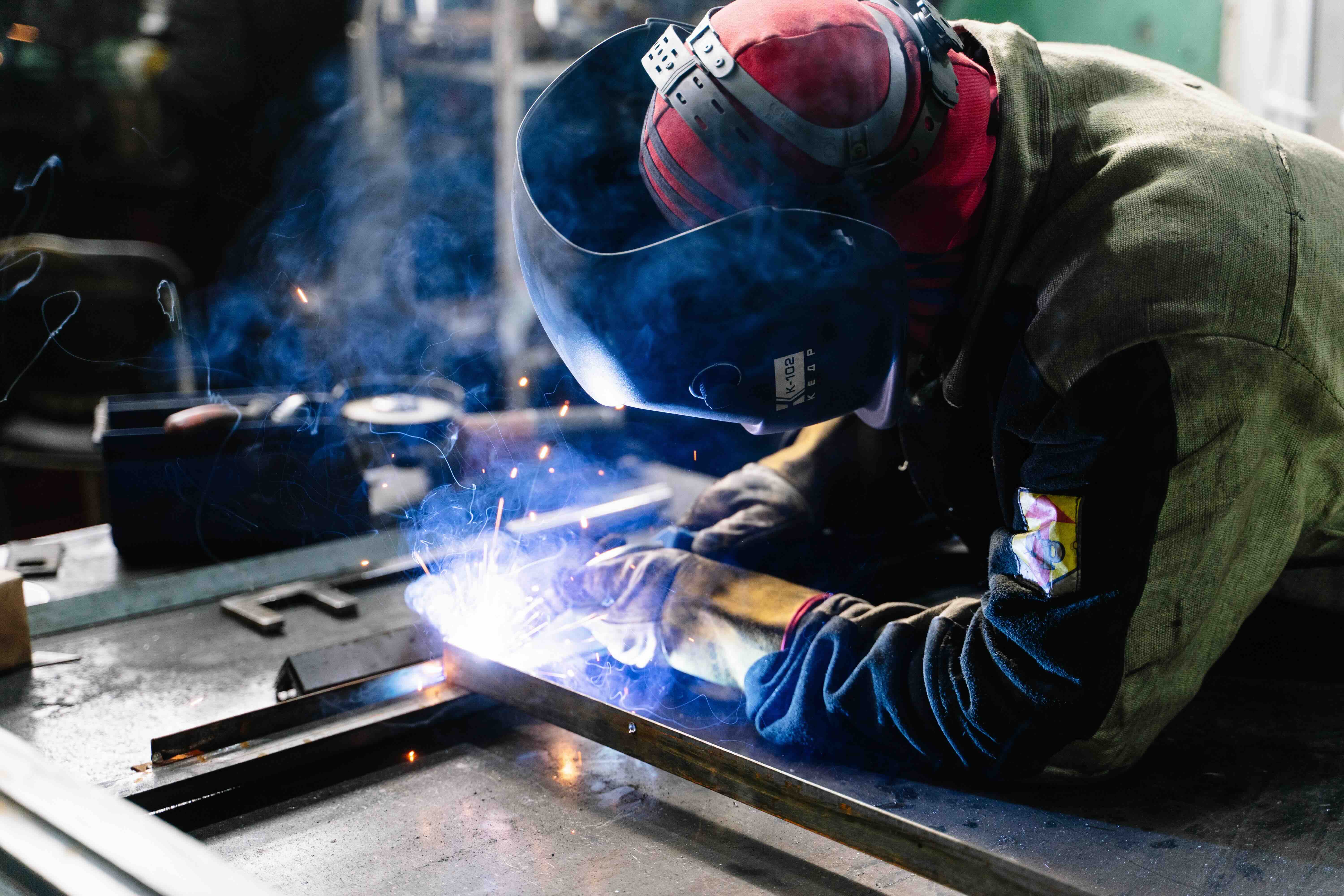Hand injuries are a significant concern that affect both industrial businesses and workers. The Occupational Safety and Health Administration (OSHA) reports over 110,000 lost time cases due to hand injuries each year. A staggering 70% of workers in those cases wind up heading to the ER. These numbers illustrate the importance of preventive measures to reduce the risk of hand injuries in the workplace.
Understanding the correlation between work gloves and preventable hand injuries is essential. Research shows the majority of hand injuries occur when workers are not wearing gloves. The National Safety Council (NSC) reports approximately 70% of hand injuries were people who were not wearing gloves. The remaining 30% were using inadequate or inappropriate hand protection for the task at hand.
Let's examine common hand injury types:
Lacerations:
Lacerations are the most common type of hand injury. They account for the majority of reported incidents. These injuries often result from contact with sharp objects or machinery components. This leads to cuts and gashes on the skin. To reduce the risk of lacerations, workers should use cut-resistant gloves to provide protection. Cut-resistant gloves are categorized on their level of protection. Level 4, level 5 and level 6 gloves offer the highest protection.
Avulsions or Detachments:
Avulsions or detachments occur when a part of the skin tears away from the underlying tissue. This is often as a result of entanglement with moving machinery or equipment. These injuries can be severe and may need immediate medical attention. Workers should wear gloves that provide enough hand protection to avoid this. Nitrile gloves, or nitrile dipped gloves, offer excellent resistance to tearing and abrasion. This makes them an ideal choice for tasks involving machinery operation. They are also ideal for handling of abrasive materials.
Crush Injuries:
Crush injuries typically occur when the hand is caught between two objects. This results in tissue damage and potential fracture of bones. These injuries are common in industries that use heavy machinery and equipment. Impact-resistant gloves are essential for protecting against crush injuries. They feature reinforcement in critical areas to absorb and dissipate impact forces. Impact gloves reduce the risk of hand injuries in high-risk environments.
Fractures:
Fractures involve the breaking or cracking of bones in the hand. This is often as a result of direct trauma or impact from falling objects. These injuries can be debilitating and may need extensive medical treatment and rehabilitation. To prevent fractures, workers should wear gloves that offer enough padding and support. Nitrile gloves provide excellent protection against fractures and impact-related injuries.
There are three primary types of hand injury hazards: Personal, Mechanical and Contact.
Personal hazards result from an worker's action. Improper lifting form is a common factor. Another example is failure to use handrails. But the most significant is not wearing appropriate personal protective equipment (PPE). These hazards increase the risk of slips, trips, and falls. They also expose workers to harmful substances or environments.
Mechanical hazards arise from the operation of machinery or equipment. They result from improper safety guards, lockout/tagout procedures, or inadequate maintenance. A prime example is entanglement with moving parts. Being struck by falling objects is another example.
Contact hazards involve exposure to extreme temperatures, corrosive chemicals, or harmful substances. Thermal burns from hot surfaces or materials are one example. Another example is chemical burns from contact with corrosive substances.
Employers have several options to address hand injury prevention. The options include administrative controls, engineering controls, and personal protective equipment (PPE). Administrative controls include implementing safety policies and providing comprehensive training programs. They also include conducting regular safety audits to identify and address potential hazards. Engineering controls focus on modifying the workplace environment to reduce risk. A common and effective step is installing machine guards. Improving ergonomics will also help. And if possible, implementing automated processes to reduce manual handling tasks . Proper glove selection and use is crucial in protecting workers from hand injuries.
There are several glove options to choose from for hand injury prevention. Leather gloves offer durability and abrasion resistance. They are suitable for heavy-duty tasks in construction and manufacturing. Non-conductive gloves provide insulation against electrical hazards. Heat-resistant gloves protect against high temperatures in welding and foundry operations. Metal mesh gloves offer cut and puncture resistance. They are ideal for handling sharp objects or working with machinery. Nitrile/latex gloves provide chemical resistance. Waterproof gloves are essential for wet conditions. Finally, cotton gloves offer comfort and breathability for light-duty tasks.
Employers can mitigate the risk of hand injuries by selecting the appropriate glove type for the job. This will promote a safer work environment for their employees.
The Impact of Gloves on Preventable Hand Injuries in the Workplace

- February 18, 2024
Related Articles
December 19, 2023
Imagine a bustling industrial job site, where hands are the unsung heroes in a successful day's work. However, amidst...
December 22, 2023
In the ever-evolving landscape of industrial manufacturing, a significant shift is underway—one that places the worker...
January 5, 2024
In the realm of industrial safety equipment sourcing, striking a balance between top-tier quality and cost-efficiency...
JOIN THE COMMUNITY
Subscribe to FREE Industrial Safety Insights
Every week we send a deep dive on an industrial safety innovation, case study or current trend. Join thousands of readers every week!




